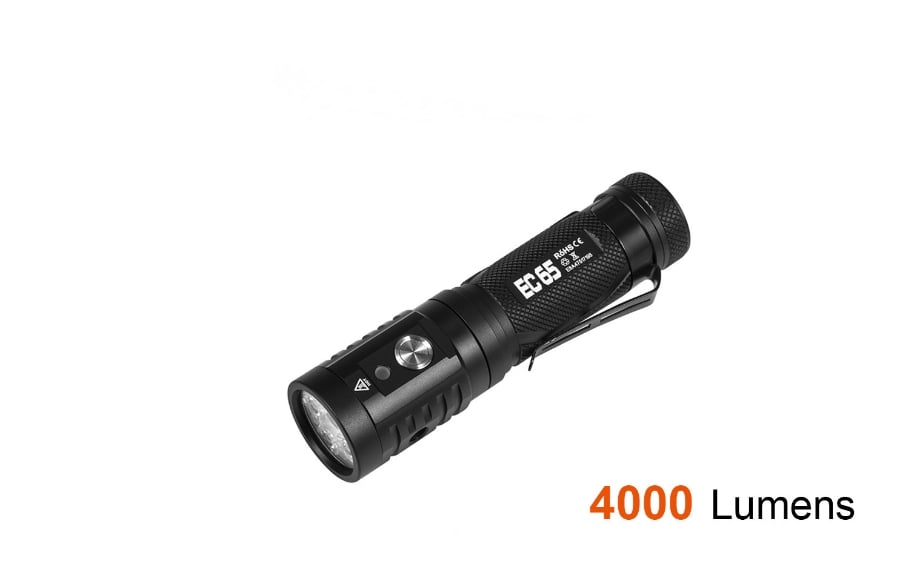Thanks everyone for the great feedback so far, and thanks everyone for your patience.
Just a quick update - the first batch of Lume1-FW3X drivers have been produced. I am arranging to getting some shipped to me so I can validate the build.
More to come soon!
In addition, a lot of people have asked about Aux boards. Neal has produced some RGB AUX boards.
https://imgur.com/po5GYL3
Here's a very quick image of what Neal sent over. Tweaking of resistor values in progress for LED brightness. I do not know what his plans are for AUX boards but I see no reason why they cannot be offered for sale as well. Please excuse the odd effects from video to gif conversion.
It depends. The driver is running in Buck mode for most of the battery discharge curve. In fact, it is possible (though unrealistic) to have scenarios whereby the driver never runs into boost mode, for example if extremely low V_fwd LEDs are used (e.g. 2.8V), and when the cut-off voltage is set to be say around 2.9V. However, in the real world, nearer the lower end of the battery discharge curve, boost mode is typically very helpful. In your regular AMC7135 drivers, you'll notice that the LED output starts to drop significantly at the lower end of the curve especially due to the drop-out voltage of those regulators.
For example, at say a 2A drive, your LED may have a V_fwd of about 3.2V. With DCR losses in the wires, the driver needs to supply even higher than that, perhaps 3.25V. Then, you have to add the 120mV dropout voltage, and more DCR losses from the battery conduction path. So the cell voltage under load needs to be closer to 3.4 to 3.5V. Once the cell voltage drops below that, the driver falls out of regulation at the intended current. In the same scenario, the Lume1 driver continues to drive the LED at the actual set current even when battery voltage drops below 3V at the cell level, or during low temperatures (e.g. I noticed the Panasonic INR cells tend to drop in voltage much more when cold, compared to say a high drain 30Q). The Lume1 datasheet explains this in more detail. I'm not saying that this is a necessary design element - it's just a feature I wanted to have when I made the Lume1 driver.
I could also design a buck-only driver. With a 100%-duty-capable design, it's still possible to achieve excellent performance and efficiency over a standard linear driver, just that such a driver would begin to fall out of regulation once the battery is drained. If that behavior is accepted (which I think, generally should be OK since people do expect their flashlights to get dimmer as the battery is drained), then there's no issue with a buck-only driver. Hope that makes sense.

